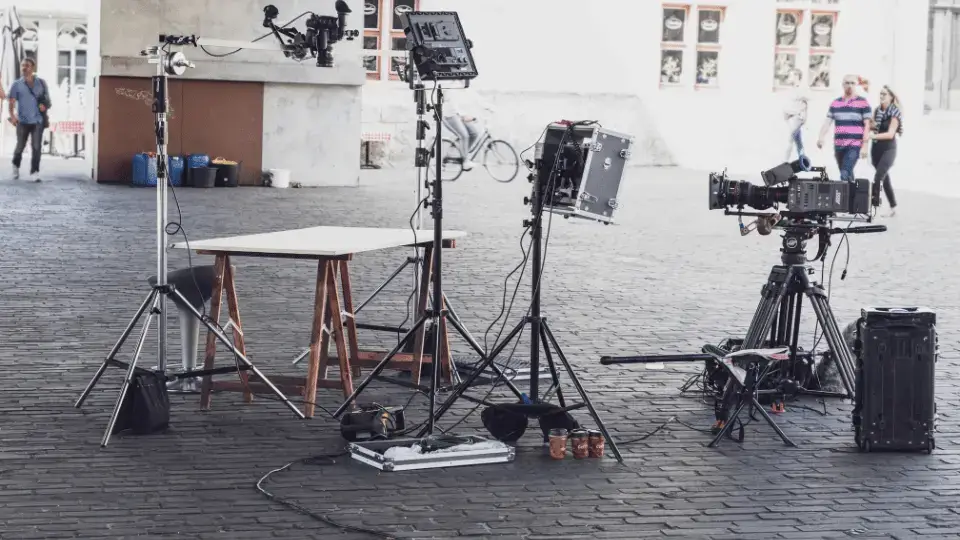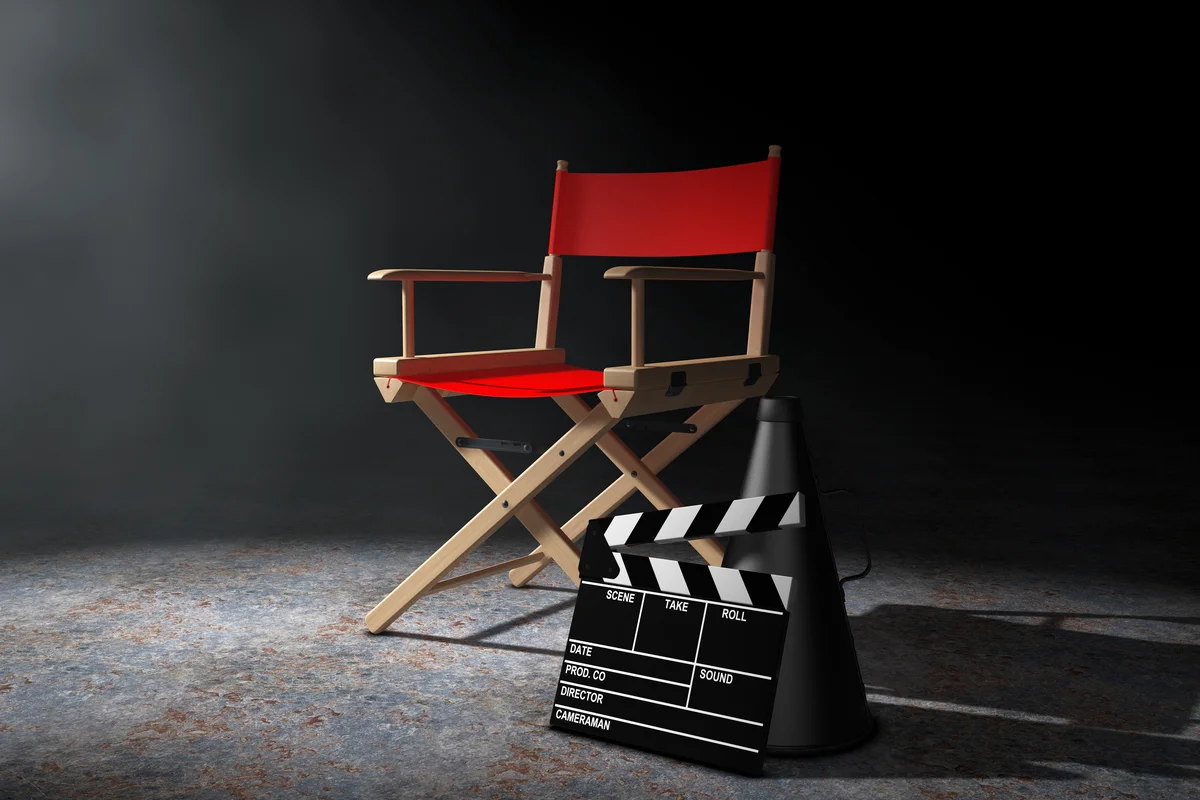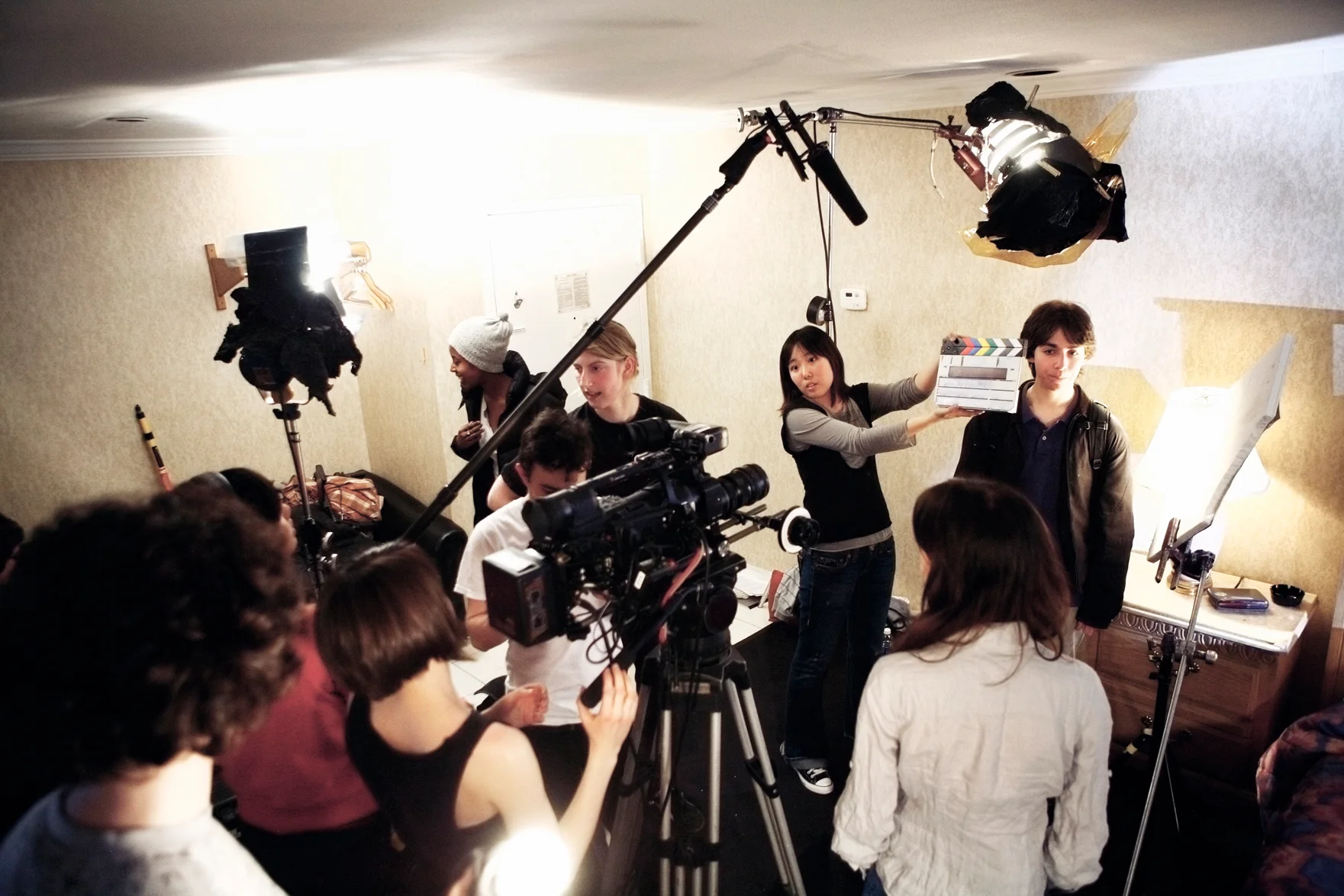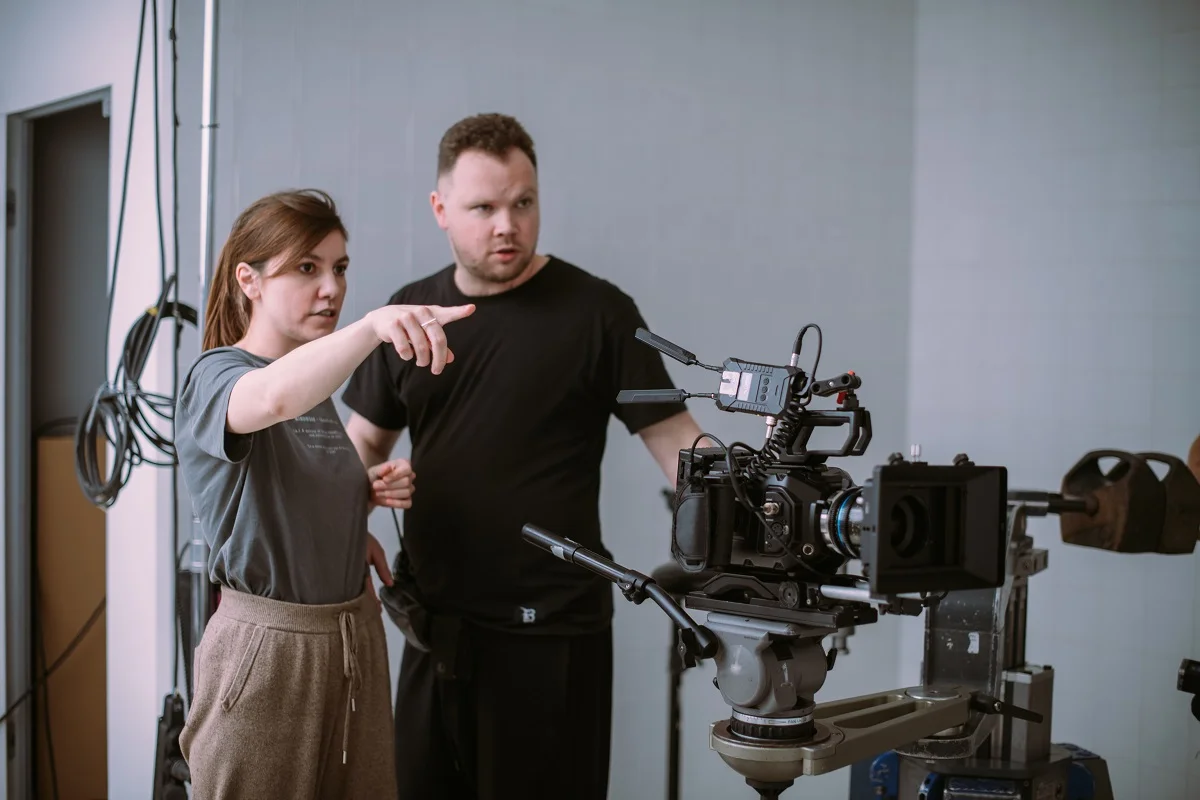Mastering Pulp Fiction Cinematography: A Path to Success in the Film Industry
Pulp Fiction, the iconic film directed by Quentin Tarantino, is known for its non-linear storyline, compelling characters, and unique cinematography. The film’s cinematographer, Andrzej Sekula, used a variety of techniques to create an immersive experience for the viewer. In this article, we will explore the different elements of Pulp Fiction’s cinematography and how they can be applied to your own filmmaking career.
Lighting
One of the most striking aspects of Pulp Fiction’s cinematography is its use of lighting. The film features a mix of natural and artificial lighting, which creates a sense of realism and depth. For example, in the scene where Vincent and Mia dance at Jack Rabbit Slim’s, the lighting is soft and warm, creating a romantic and intimate atmosphere. In contrast, the scene where Vincent and Jules confront Brett is lit with harsh, bright lights, which creates a sense of tension and danger.
To apply this technique to your own filmmaking, experiment with different types of lighting. Don’t be afraid to mix natural and artificial lighting, and use lighting to create a specific mood or atmosphere.
Camera Movement
Pulp Fiction’s cinematography also makes use of dynamic camera movement. The film features a variety of camera angles and movements, including tracking shots, close-ups, and wide shots. This creates a sense of movement and energy, and helps to keep the viewer engaged.
To apply this technique to your own filmmaking, experiment with different types of camera movement. Try using a handheld camera for a more documentary-style feel, or use a dolly or crane for smoother, more controlled movements.
Composition
Another key element of Pulp Fiction’s cinematography is its composition. The film uses a variety of framing techniques, including close-ups, medium shots, and wide shots. This creates a sense of depth and perspective, and helps to draw the viewer into the scene.
To apply this technique to your own filmmaking, experiment with different types of framing. Try using close-ups to emphasize emotion or detail, or use wide shots to establish a sense of location or setting.
Color
Finally, Pulp Fiction’s cinematography makes use of color to create a specific mood or atmosphere. The film features a mix of muted and vibrant colors, which creates a sense of contrast and depth. For example, the scene where Vincent and Mia dance is lit with warm, golden light, which creates a romantic and intimate atmosphere.
To apply this technique to your own filmmaking, experiment with different color palettes. Use color to create a specific mood or atmosphere, and don’t be afraid to mix and match different colors for a more dynamic look.
Key Takeaways
- Pulp Fiction’s cinematography makes use of lighting, camera movement, composition, and color to create a unique and immersive experience for the viewer.
- To apply these techniques to your own filmmaking, experiment with different types of lighting, camera movement, framing, and color.
- Consider taking the NYU Film and TV Industry Essentials online course and certificate program to further develop your skills and knowledge in the film industry.








